Business Investment Registers Surprise Slump in October, Durable Goods Orders Dive, War Spending Rises
Durable goods orders came in much lower than expected.
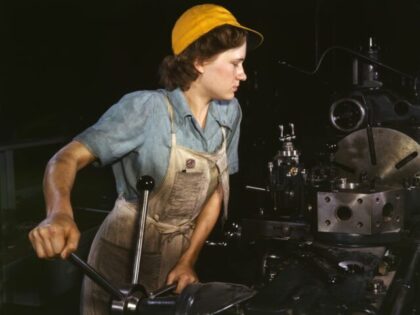
Durable goods orders came in much lower than expected.

Defense spending has surged as the U.S. tasks the makers of war machines to replenish U.S. military stockpiles depleted by support for Ukraine.

Durable goods orders soared thanks to purchases of civilian aircraft. But core capital goods orders were much weaker than expected.

Core capital goods, a category that excludes aircraft and defense goods, saw the second consecutive monthly rise. The January figure, however, was revised down from the very strong gain of 0.8 percent to the still healthy 0.3 percent.

A surprisingly strong month for business investment.

Hotter than expected durable goods orders and shipments could mean even higher rates next year.
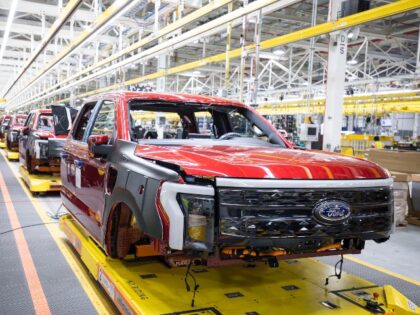
Remember that signs of economic strength now likely mean more Fed hikes and a deeper recession later.
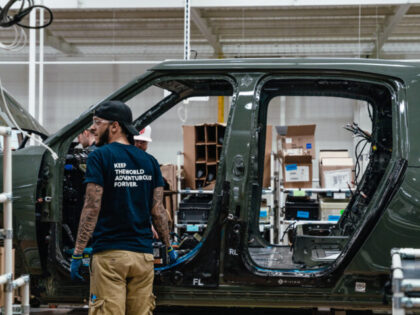
Business investment likely fell in real terms in July.
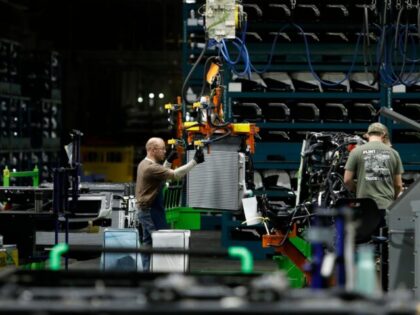
Outside of military spending, new orders rose by less than inflation, indicating a real contraction.

The latest signal of looming stagflation.
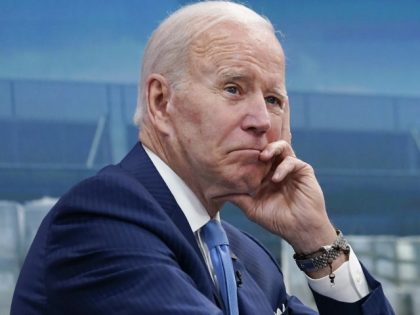
No matter which index we use to adjust for inflation, it is clear that durable goods orders actually declined in real terms in April.
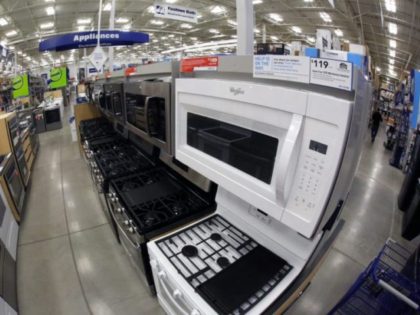
The steeper than expected decline in consumer sentiment was caused by a drop in assessments of current conditions and an even sharper decline in hope for the future.
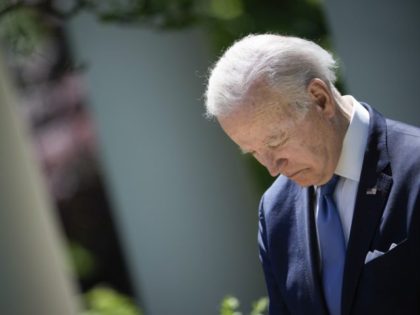
This was the first decline in capital goods spending in a year, raising fears that the economy might be slowing more than expected.
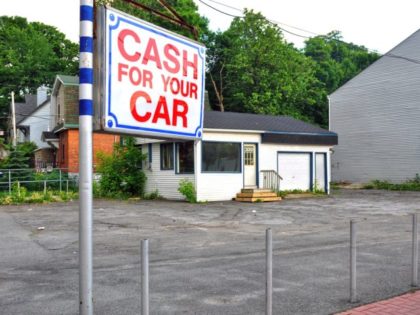
We haven’t seen prices rise this fast since 1975.
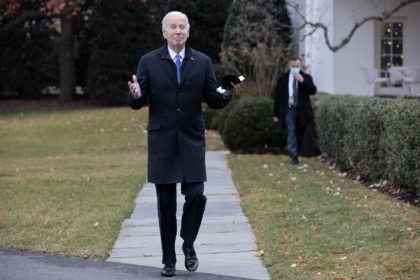
Business investment came to a standstill in the final month of 2021.
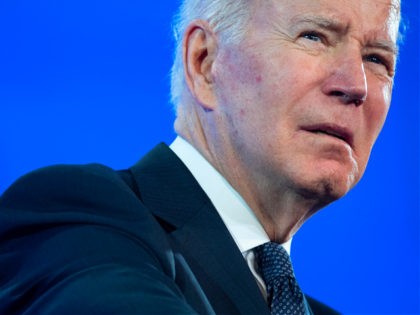
A record-high increase in the prices of longer-lasting goods marks inflation as the hallmark of Joe Biden’s presidency.
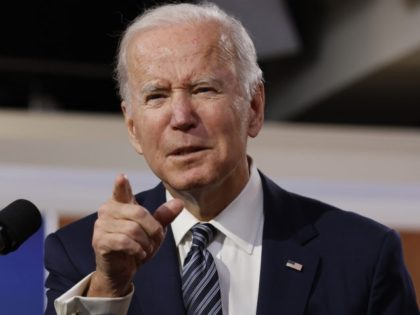
Durable goods orders rose by more than expected but more than all of the growth can be chalked up to rising prices.
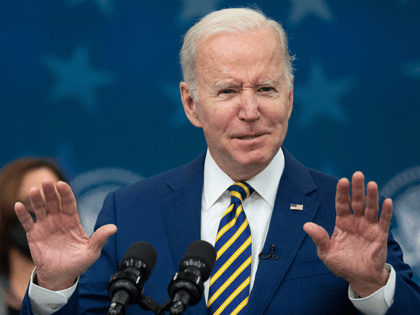
Although core capital goods orders expanded in September, much of that reflects inflation rather than real growth.
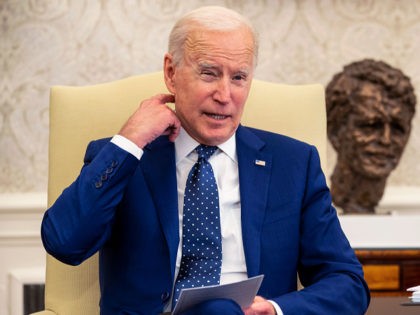
Orders for durable goods rose by less than prices of durable goods in August, suggesting there may have been an output contraction as supply-chain disruptions still stymie growth.
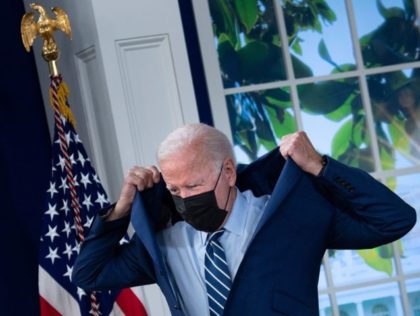
Spending on electronics and appliances fell in July while business investment increased.
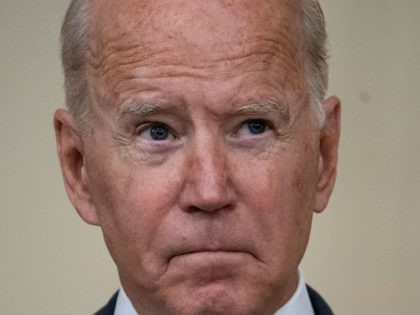
Inflation may be creating an illusion of growth right now.
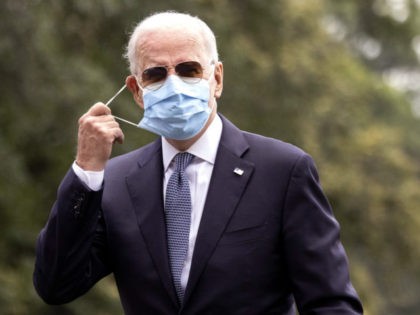
Orders and shipments of computers and autos fell in June as shortages batter economy.
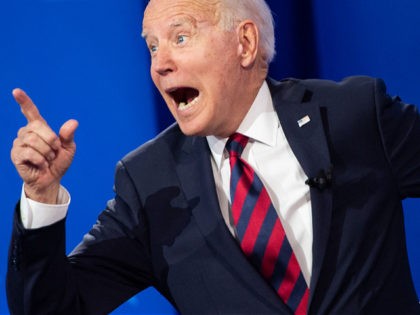
If we agree to call it “transitory,” will the pain stop?
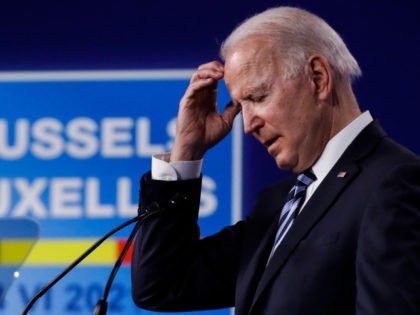
Overall durable good orders slipped because of lower car and truck bookings but business investment was strong enough to raise inflation alarms.
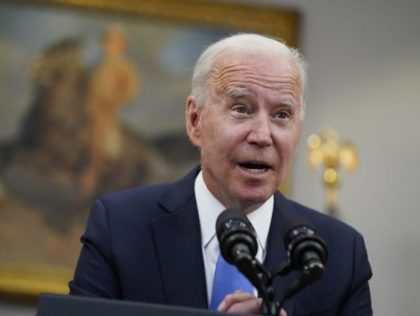
U.S. factory orders rose by a sizzling 2.6 percent in January to $509.4 billion, data released by the Commerce Department Thursday showed.
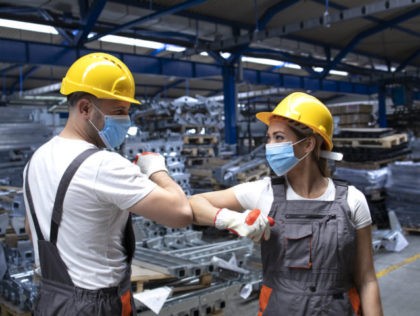
Orders for durable goods rose 3.4 percent in January compared with December. The prior month was also revised up to show a 1.2 percent gain from November.
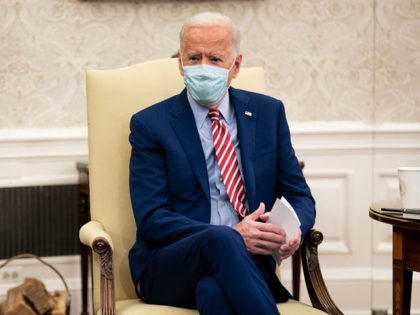
Orders for consumer goods were particularly strong as 2020 came to a close.

And the post-election decline was even more severe than expected.
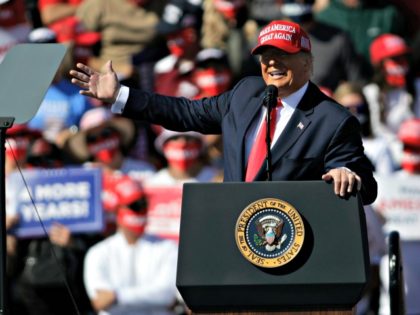
Spending on goods is up by 15.5 percent compared with pre-pandemic levels.

A powerful resurgence for durable goods orders in September.
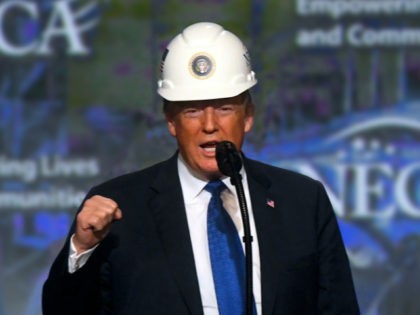
Orders for longer-lasting goods are back above 95 percent of their pre-pandemic level.
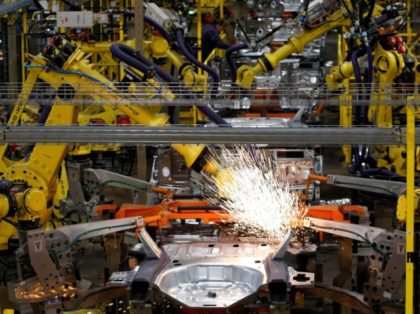
Auto orders surged. Core capital goods rose strongly. But aircraft orders plunged as airlines canceled orders amid plunging booking.
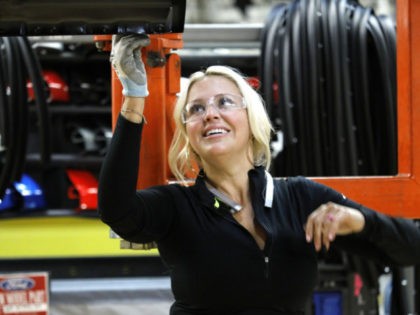
Orders for durable goods bounced back much more than expected.

Orders for goods made in U.S. factories saw the biggest decline ever recorded in data going back to 1992.
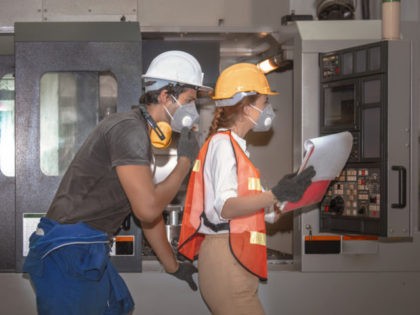
Orders for core capital goods dropped in April but the decline was much smaller than most economists had forecast.
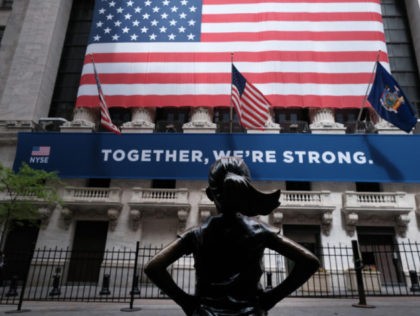
Durable goods orders fell 14.7 percent. Capital goods orders dropped by 33.4 percent.

The manufacturing sector began 2020 on a stronger footing than expected, with durable goods orders stronger than anticipated.

The revival of U.S. manufacturing was one of Donald Trump’s central campaign promises and a key accomplishment of his first term in office.
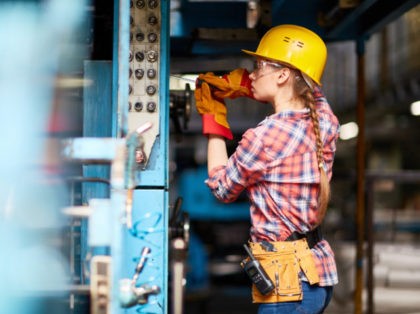
The latest sign that the U.S. manufacturing sector may be stabilizing after a tough couple of months.

Business investment rebounded, easing fears that the manufacturing sector would continue to slowdown into year end.
